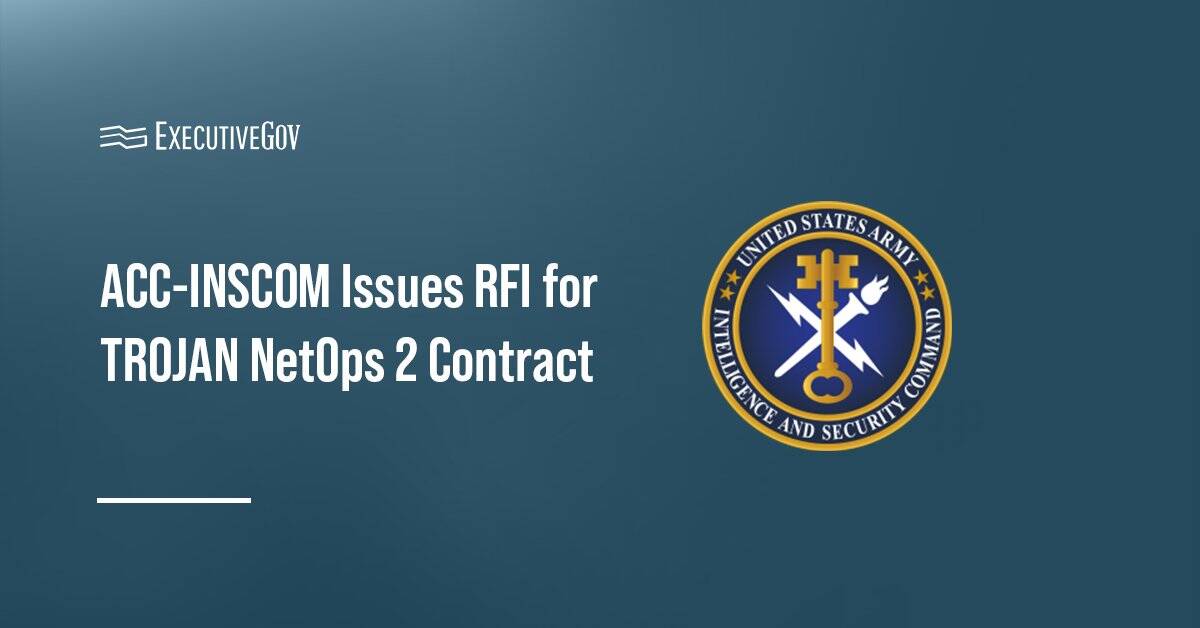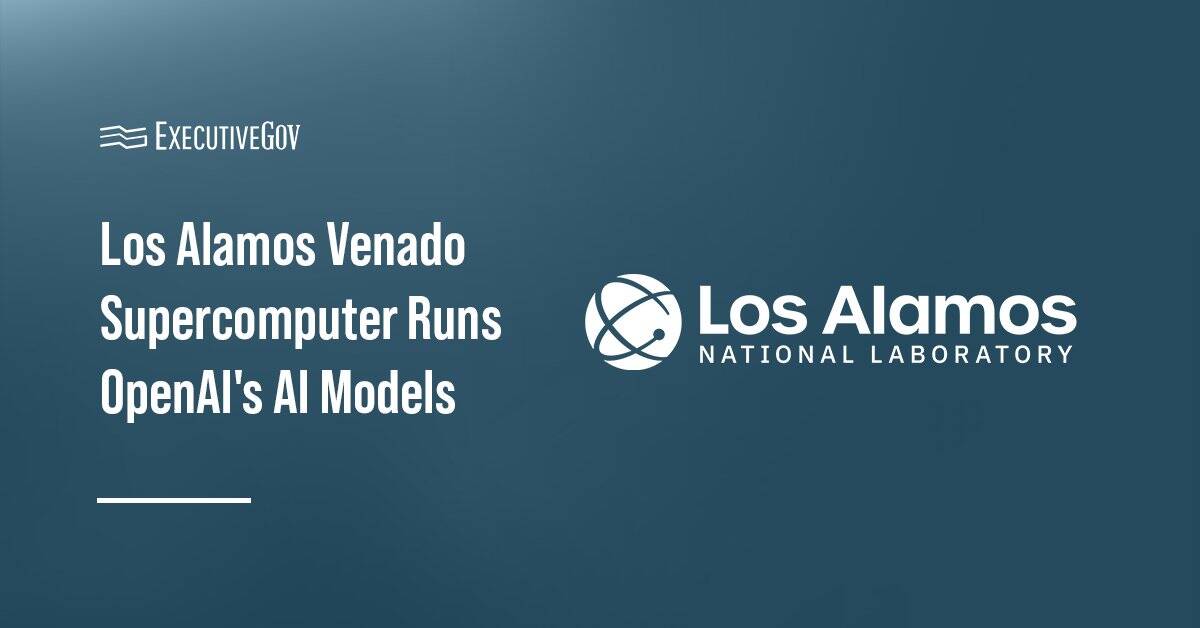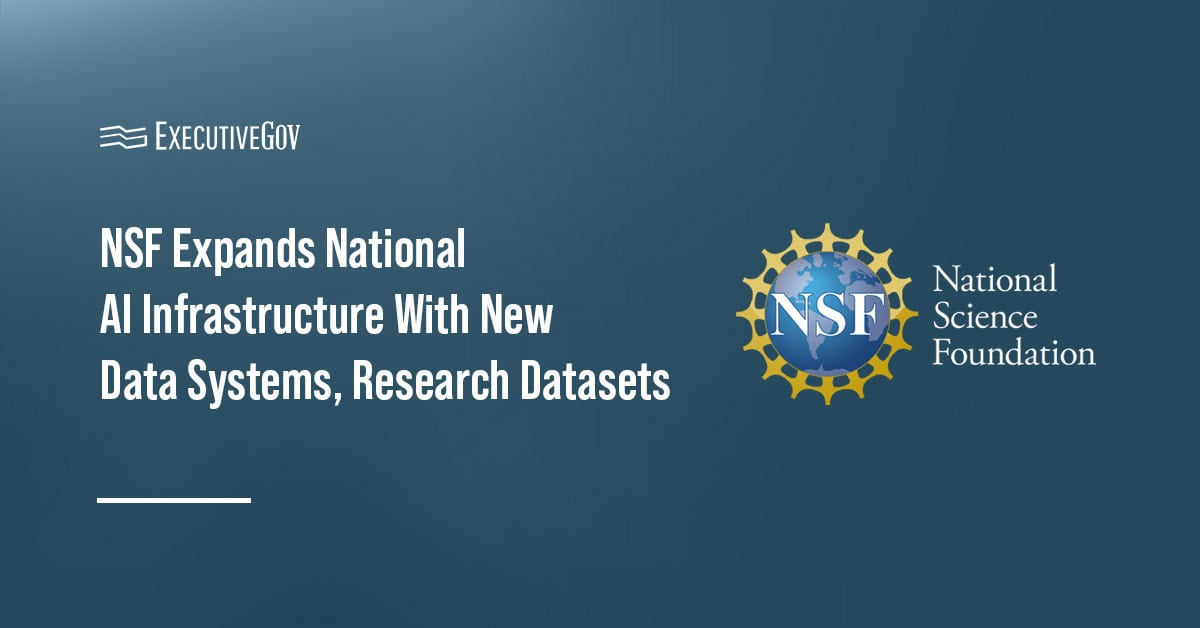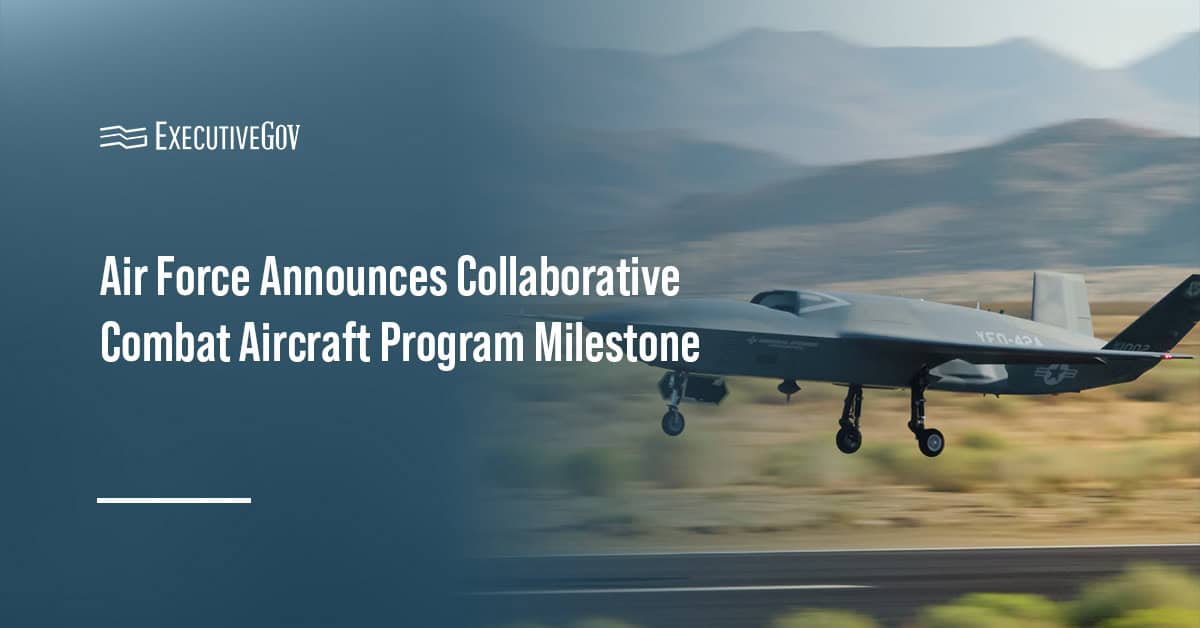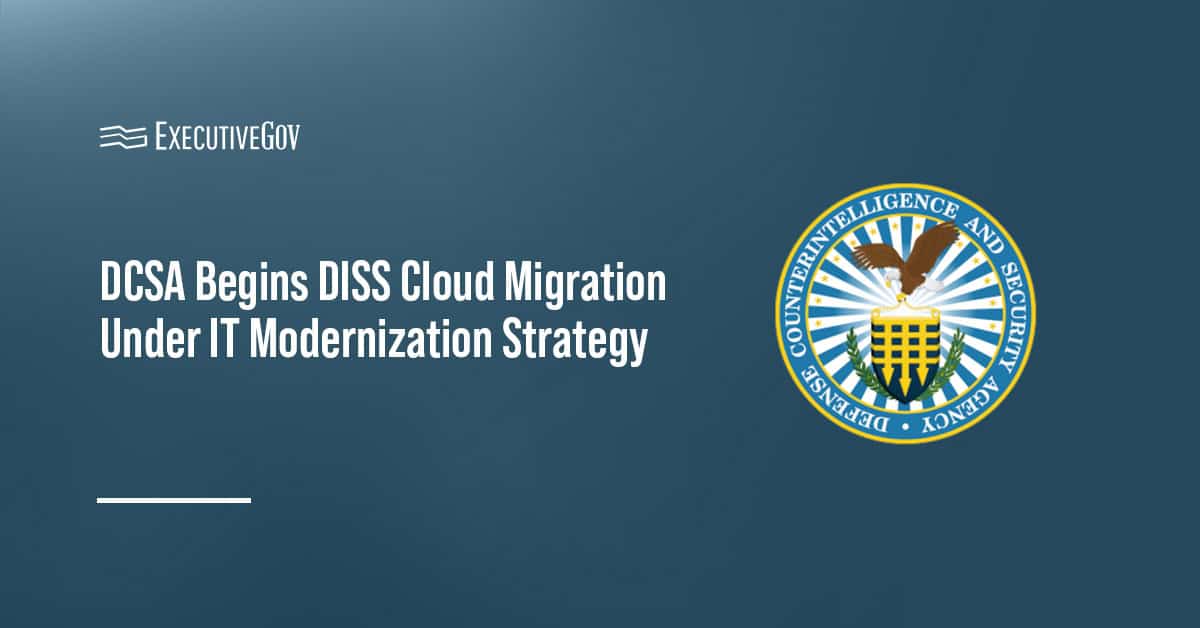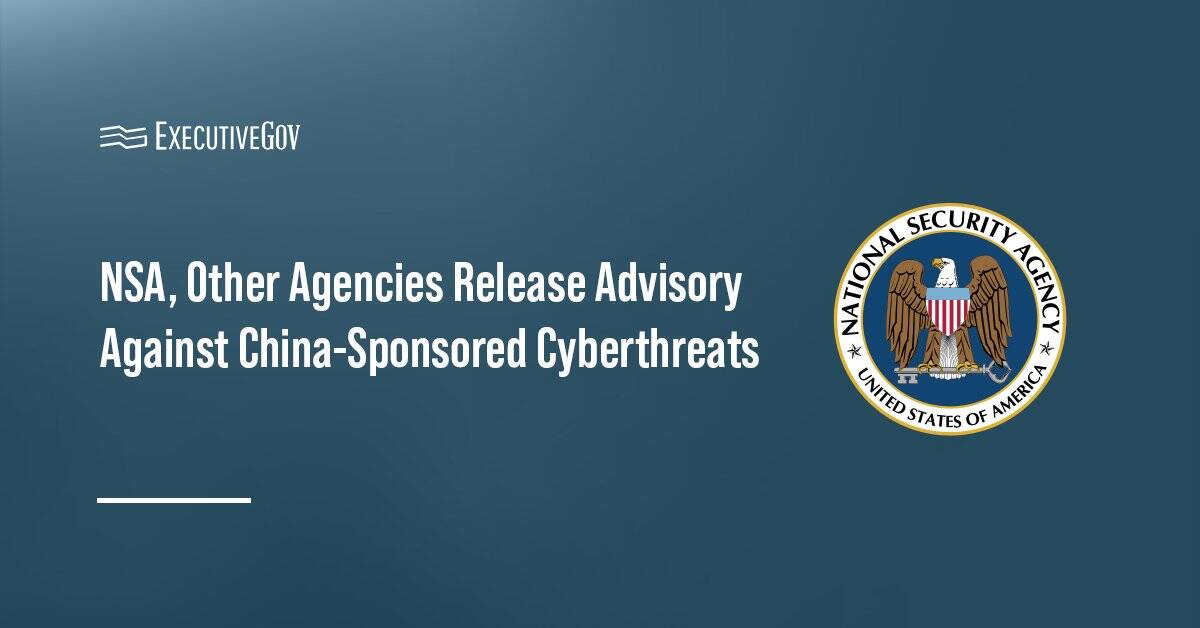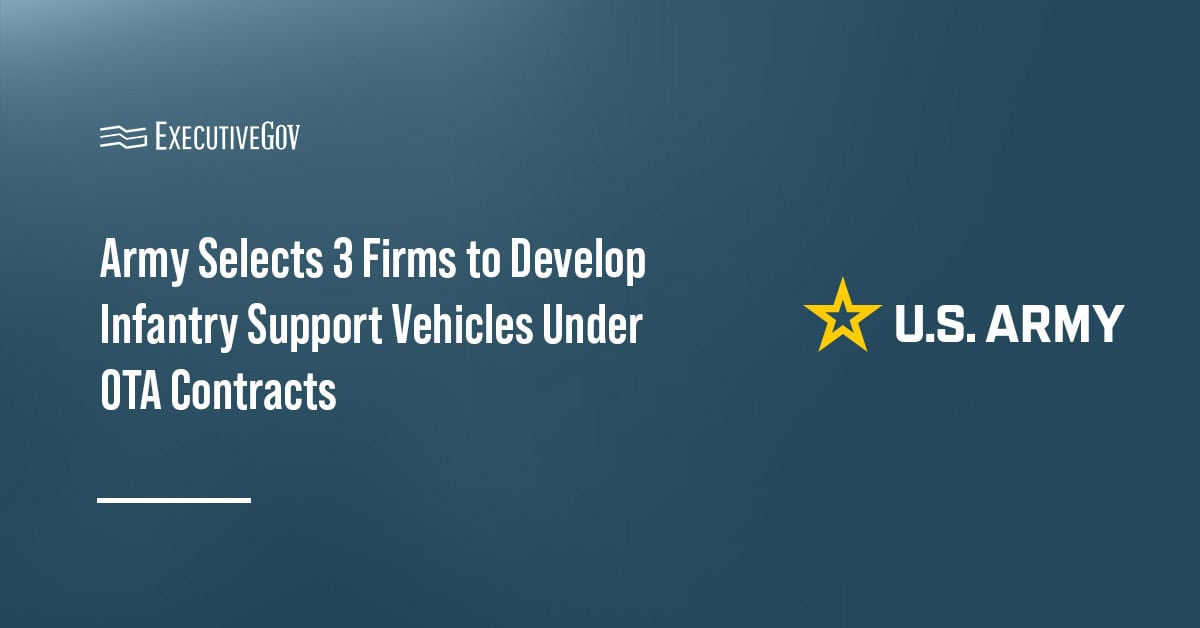The Army Contracting Command-Intelligence and Security Command has started seeking industry feedback to identify potential partners for the INSCOM G6/GISA TROJAN Network Operations Support Services – 2nd Iteration contract.
Listen to the intelligence community’s top leaders as they talk about the role of intelligence in keeping the nation safe. Register for the Potomac Officers Club’s 2025 Intel Summit and join the discussion on Oct. 2.
TROJAN NetOps-2 Contract Scope
According to the request for information notice issued on SAM.gov Thursday, ACC-INSCOM requires a contractor capable of providing operation and maintenance services for the Ground Intelligence Support Activity, or GISA, and INSCOM’s G6 Operations Division IT networks and systems.
The contract covers various tasks and responsibilities to ensure uninterrupted service at multiple military installations worldwide, including Fort Belvoir in Virginia, Fort Bragg in North Carolina, the Army Garrison Wiesbaden in Germany and Fort Shafter Flats in Hawaii. The potential contractor will provide network support for existing INSCOM Black Core and GET networks, particularly the Transport Network Control Centers.
The sustainment and technical support include maintaining the availability of all hardware and software for NIPR, SIPR, JWICS, NSAnet, IBCNet, CENTRIX, BISES, Stoneghost, Black transport, and Transport data networks.
Responses to the RFI will be accepted until Sept. 11.


